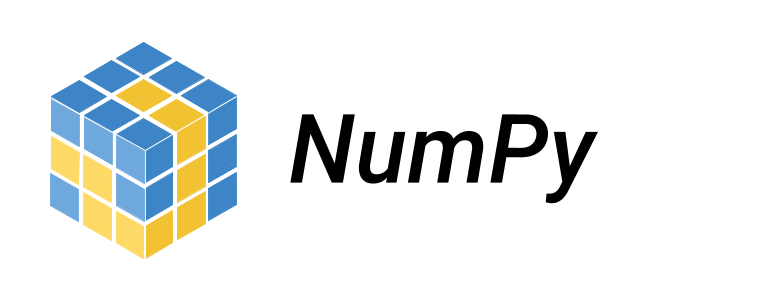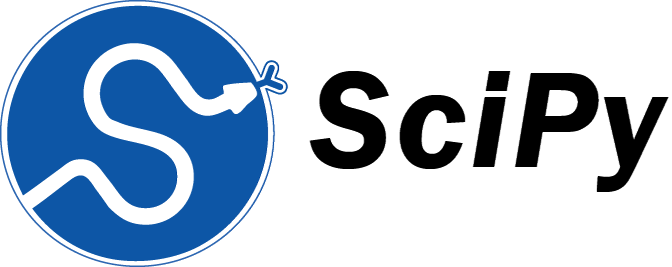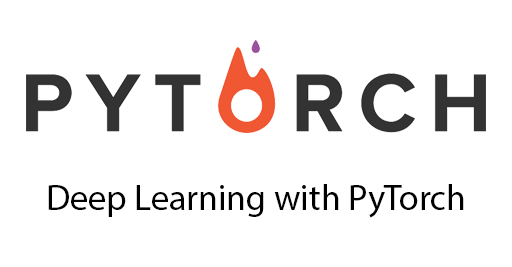As you might already know – Python has an ocean of libraries and we often find it hard to find the right library for our Data science projects. In order to build stable and scalable systems, you need a strong library and the libraries should be the best of the best ones. To help you with this specifically I have compiled the top ten list of python libraries you must know in 2021 for your Data science projects and experiments:
1. NumPy
NumPy aka numerical python is a library that bundles most of the mathematical functionalities you need you any system you are developing. This is also the base library for many other libraries like TensorFlow, Keras, Pandas and many more. This packs important features like interactiveness, mathematics, Intuitiveness. It also has extensive and detailed documentation.

2. Matplotlib
Matplotlib is also known as the Mathematical plots library includes every kind of plot you ever need in your python projects. This also likes NumPy has huge documentation and offers a vast variety of functionalities. This has been a base library for many other python libraries.
3. Pandas
Pandas is a data management and data manipulation library for python. Knowing pandas is considered a skill (no kidding). With pandas, you can do data cleaning, data segregation and so much more. Research tells us that 70 to 80% of data scientists job is to cleaning which means a lot of data exploration and data mugging. Pandas acts as a tool for your task. Many machine learning algorithms use Pandas DataFrames as inputs.

4. Scikit-learn
This is arguably an important library of python. This packs many important machine learning algorithms. This will help you with building and learning your machine learning algorithms. To name few categories of algorithms Scikit-learn supports, supervised, unsupervised and recommender systems. With this library, you can conduct feature importance, do cross-validation, calculate F1 scores etc.

5. SciPy
SciPy is used for scientific functions and mathematical functions derived from NumPy. This has important statistical functions, optimization functions, signal processing functions. This will help in implementing complex differential equations, numerical integrals and also image processing.

6. TensorFlow
TensorFlow is the most popular library in the world of Data science and deep learning. This is famous due to its ability to implement and scale neural networks. it uses multi-dimensional arrays termed tensors. This allows you to perform several operations on input data to extract meaningful information. This also uses the power of GPU’s to train deep learning models. TensorFlow has a feature called pipelining with which you can train multiple neural networks highly efficiently.
7. Keras
Keras is mainly used to create deep learning models. This is built on top of TensorFlow and Theano and allows you to build neural networks very simple way. Keras generates a computational graph using back-end infrastructure, it is relatively slow than other libraries.

8. PyTorch
PyTorch is the largest machine learning library that allows developers to perform tensor computations with the acceleration of GPU. This creates dynamic computational graphs and calculates gradients automatically. PyTorch offers rich APIs solving application issues related to neural networks. This library is based on Torch, which is an open-source machine library implemented in C with the wrapper in Lua. This is gaining a lot of popularity in the developer community.

9. Statsmodels
This is a great library for doing hardcore statistics. This multi-functional library is a blend of different python libraries like Matplotlib, Pandas, NumPy and SciPy. It is useful for creating statistical models, like OLS, and also for performing statistical tests.
10. Plotly
Plotly is definitely a must-know tool for building visualizations since it’s extremely powerful, easy to use and has a big benefit of being able to interact with visualizations. Along with Plotly is Dash, which is a tool that allows you to build dynamic dashboards using Plotly visualizations. Dash is a web-based python interface that removes the need for JavaScript in these types of analytical web applications and allows you to run these points online and offline.

Author: SujayKumar Kulkarni

I am a Software Developer and Learning Enthusiast.
I love to code and create awesome technologies.
Currently I am developing MATLAB Unit Test Framework at MathWorks.
Here, I share my personal learnings and experiences that I think will benefit you 😉